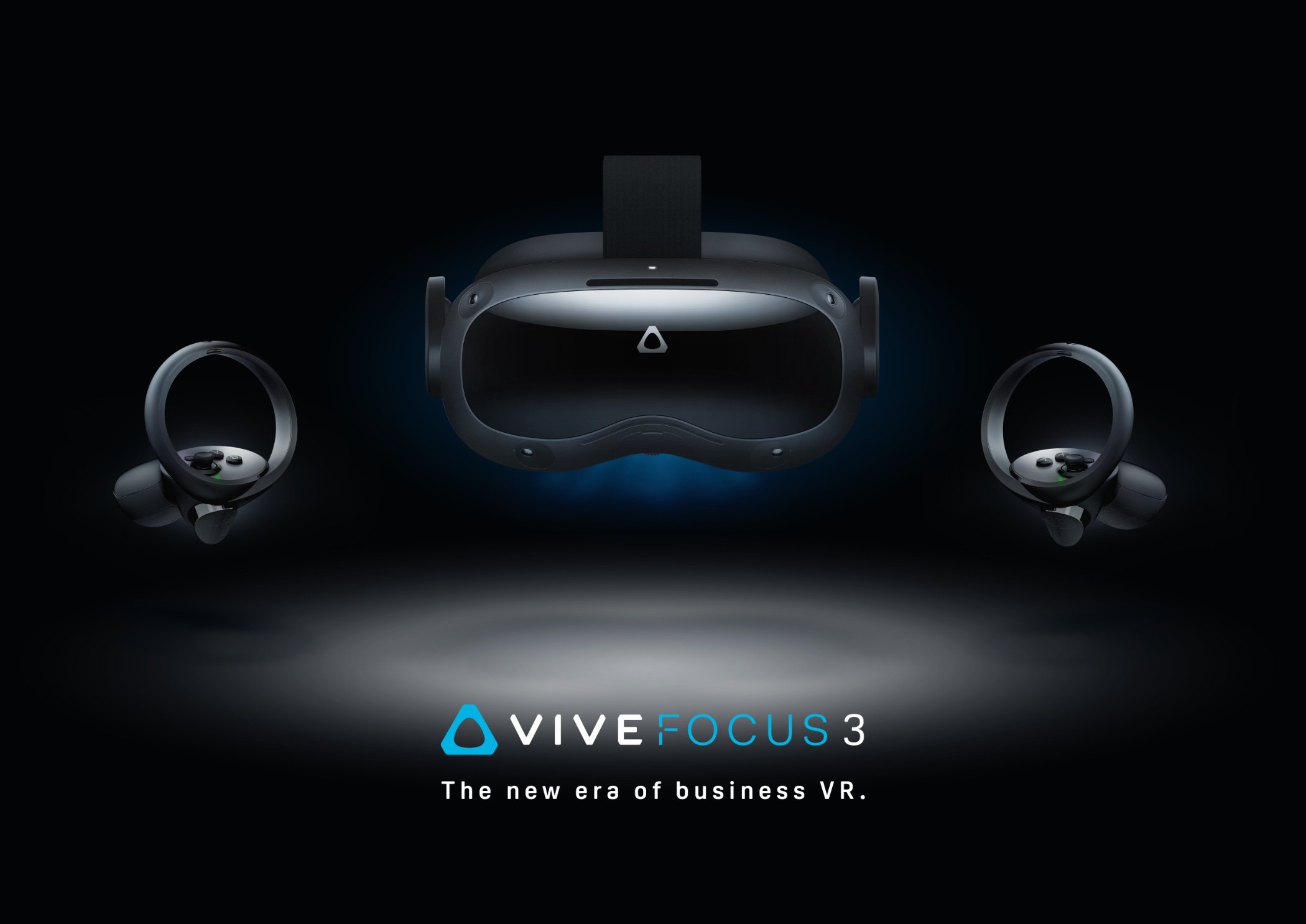
HTC is harnessing the power of private 5G and edge computing to achieve high-fidelity wireless VR for its VIVE Focus 3 all-in-one headset.
VR users currently have to choose between physically connecting to a powerful PC for low-latency and high-fidelity, or compromise on performance for a wireless, all-in-one experience.
High-fidelity wireless VR is the ultimate goal to achieve mainstream adoption for both work and play. At CES 2021, HTC announced its first portable, private 5G experience for the VIVE Focus 3 which gets closer than ever to realising that goal.
“By making VR and immersive experiences more accessible, we’re creating new opportunities to explore, learn, and unwind, and advancing how people experience XR technology,” said Cher Wang, Co-Founder and Chairwoman, HTC.
The VIVE Focus 3 will use a private 5G network for low latency and high speeds while the Lumen edge platform maintains that performance with local rendering instead of relying on a server.
“Traditionally, the highest-fidelity VR content is delivered to a VR headset by connecting directly to a high-powered PC or a rendering server. The quality of rendering through this new 5G solution is unparalleled because of its low-latency links to GPU processing power,” explained the VIVE team in a press release.
“Alternatively, content can be loaded onto a wireless, all-in-one HMD and rendered locally, but the rendering is subject to the headset’s chipset GPU limitations. In both cases, the user requires a wired connection, which introduces economic and physical limitations, and limits the use cases for organisations.”
HTC believes the VIVE Focus 3 fully unlocks the role VR will play in the Fourth Industrial Revolution.
The HTC team says the Lumen low latency edge platform is focused on supporting performance-intensive workloads of the Fourth Industrial Revolution and enables the use of VR for transformational use cases like enterprise training, assisted operations, and virtual collaboration.

HTC is further supporting the use of the VIVE Focus 3 for next-generation training and immersion with the launch of the VIVE Wrist Tracker.
The wrist tracker is 85 percent smaller and 50 percent lighter than a VIVE Focus 3 controller and can also be attached to objects for highly accurate 6DoF tracking in a wide variety of VR scenarios.

Axon, which develops technology for the military and law enforcement, was a key development partner for the VIVE Wrist Tracker.
“The VIVE Wrist Tracker is key for enabling the most accurate tracking of objects that an officer is holding like a TASER device, beyond the capabilities of hand-tracking alone,” commented Rick Smith, CEO of Axon.
“This is an amazing development for de-escalation training which relies on handheld objects.”
HTC’s new wireless VR experience appears set to be a powerful showcase of the possibilities unlocked by private 5G and the key role it plays in delivering Industry 4.0 advancements.

Want to learn more about 5G and the opportunities it presents from industry leaders? Check out 5G Expo. The next events in the series will be held in Santa Clara on 11-12 May 2022, Amsterdam on 20-21 September 2022, and London on 1-2 December 2022.





